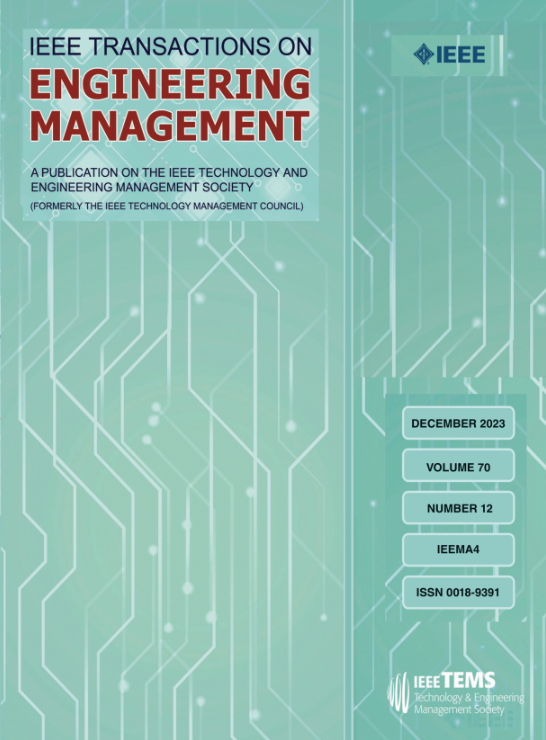Does Implementing Hybrid Carbon Asset Pledge Financing Benefit Production and Emission Reduction for Emission-Dependent Engineering Machinery Remanufacturing?
IF 4.6
3区 管理学
Q1 BUSINESS
引用次数: 0
Abstract
With the development of carbon finance, carbon asset pledge financing (CAPF) not only revitalizes the carbon assets of enterprises, but also conducive to reduce the financial pressure on enterprises. For the capital-constrained and emission-dependent engineering machinery remanufacturer, since both remanufacturing and carbon emission reduction (CER) require huge investment, the situation exists where CAPF cannot completely solve the enterprise's shortage of funds. Therefore, this article proposes a hybrid carbon asset pledge financing (HCAPF) model that combines CAPF and bank loan financing, and introduces the HCAPF into production operations of remanufacturing, investigating the emission-dependent remanufacturer's production and CER decisions under HCAPF. The results show that: 1) A higher carbon asset pledge rate will help reduce the environmental impact and improve the output and profits of remanufacturers under HCAPF. However, whether the emission price volatility is conducive to production and reducing environmental impact depend on the threshold of the CER rate. 2) Under HCAPF, implementing CER under different remanufacturing strategies has different influences on the quantity of products. Besides, the CER is not always beneficial for the environment and whether an increasing CER rate can increase the remanufacturer's profit is determined by the emission advantage of remanufactured products. 3) The remanufacturing strategy has different impacts on the operation of remanufacturers under HCAPF. For the remanufacturer with/without CER, the complete remanufacturing strategy is more beneficial for increasing profits.实施混合碳资产质押融资是否有利于依赖排放的工程机械再制造的生产和减排?
随着碳金融的发展,碳资产质押融资(CAPF)不仅盘活了企业的碳资产,还有利于减轻企业的资金压力。对于资金紧张、排放依赖性强的工程机械再制造企业来说,由于再制造和碳减排(CER)都需要巨大的投入,存在着碳资产质押融资不能完全解决企业资金短缺的情况。因此,本文提出了将 CAPF 与银行贷款融资相结合的混合碳资产质押融资(HCAPF)模型,并将 HCAPF 引入再制造的生产运营中,研究了 HCAPF 下排放依赖型再制造企业的生产和 CER 决策。结果表明1)在 HCAPF 下,较高的碳资产质押率将有助于减少对环境的影响,提高再制造企业的产量和利润。但是,排放价格波动是否有利于生产和减少环境影响取决于碳资产认捐率的临界值。2)在 HCAPF 条件下,不同再制造策略下的核证减排量对产品数量的影响不同。此外,CER 并不总是对环境有利,提高 CER 率能否增加再制造企业的利润取决于再制造产品的排放优势。3)再制造战略对 HCAPF 下再制造企业的运营有不同的影响。对于有/无 CER 的再制造企业而言,完全再制造战略更有利于增加利润。
本文章由计算机程序翻译,如有差异,请以英文原文为准。
求助全文
约1分钟内获得全文
求助全文
来源期刊

IEEE Transactions on Engineering Management
管理科学-工程:工业
CiteScore
10.30
自引率
19.00%
发文量
604
审稿时长
5.3 months
期刊介绍:
Management of technical functions such as research, development, and engineering in industry, government, university, and other settings. Emphasis is on studies carried on within an organization to help in decision making or policy formation for RD&E.
 求助内容:
求助内容: 应助结果提醒方式:
应助结果提醒方式:


